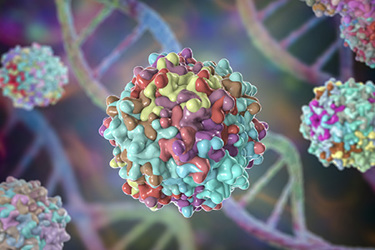Strategies For The Separation And Analysis Of Empty And Filled Capsids During Viral Vector Production

Formed when adeno-associated viruses (AAV) are packaged for use as viral vectors in gene therapy, empty capsids are viral capsids that lack the vector genome. Although the therapeutic role of empty capsids is not fully understood, it is believed that they offer no therapeutic benefits and may heighten the immune response in patients receiving gene therapy. Empty capsids are considered impurities that, per guidance from the US Food and Drug Administration (FDA), should be characterized and monitored for their potential impact on product safety and efficacy.
While some manufacturers strive to achieve 100% full capsids from their process, others accept lower percentages. The pursuit of a higher percentage is driven by concerns regarding high doses of AAV vectors, including potential liver dysfunction. A specific threshold for the appropriate percentage of full capsids has not yet been established by the FDA due to the unclear clinical impact of empty or partially filled capsids. The acceptable level is informed by clinical experience, and the goal for manufacturers should be to maintain a consistent percentage of full capsids across clinical phases, with a focus on robust preclinical and clinical trial designs to better understand the impact of different purity levels on patient tolerability.
Explore approaches for the capture and separation of capsids, upstream strategies for reducing the level of empty and partially filled capsids, trends in AAV capsid design impacting purification, and more.
Get unlimited access to:
Enter your credentials below to log in. Not yet a member of Bioprocess Online? Subscribe today.
